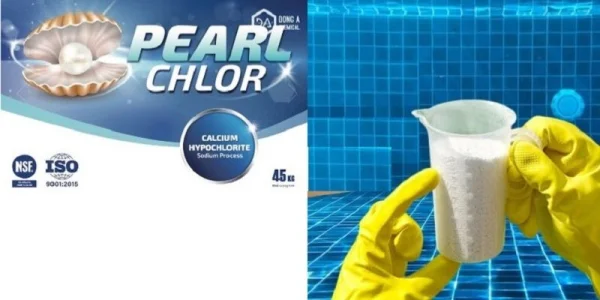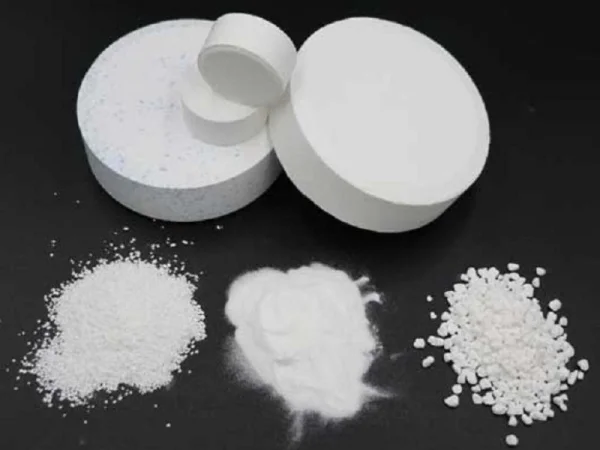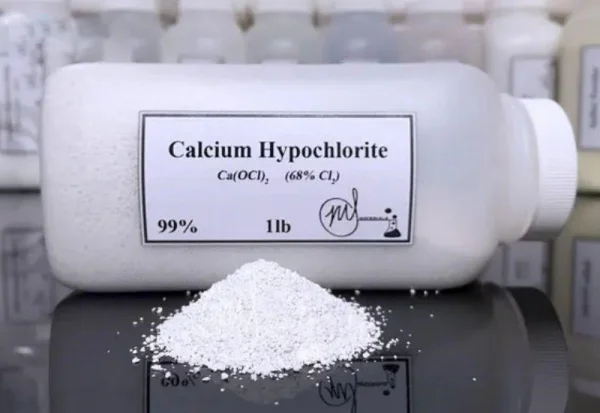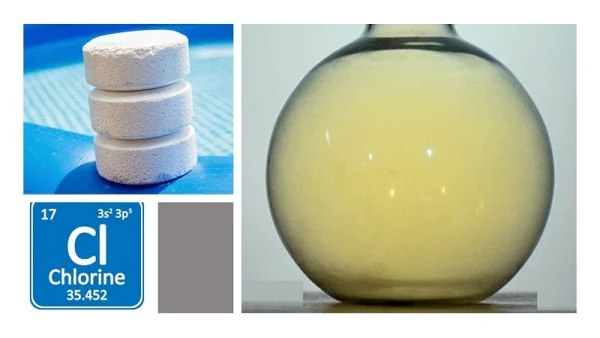
Tap water often has a distinct chlorine smell , which can be unpleasant and concerning for many households. This odor is a result of the chlorine added to municipal water supplies to eliminate harmful bacteria and pathogens. While chlorine is essential for disinfecting water, excessive levels can lead to a strong, pungent smell and potential health risks. In this comprehensive guide, we'll explore the reasons behind the chlorine odor in tap water, its effects, and effective solutions to remove chlorine from your drinking water.
Understanding Chlorine and Its Properties
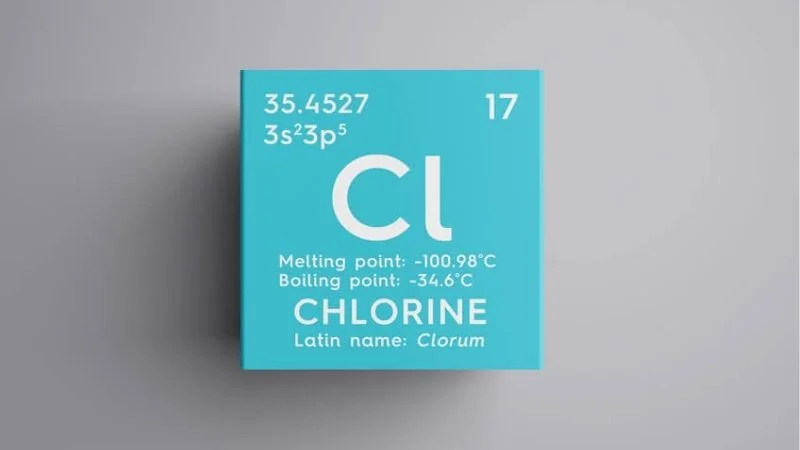
Chlorine’s properties
Before delving into the reasons for the chlorine smell in tap water, it's crucial to understand chlorine itself and its properties. Chlorine is a chemical element belonging to the halogen group, with the chemical symbol Cl. In nature, chlorine is rarely found in its elemental form and is more commonly present as chloride ions, such as in sodium chloride (NaCl), commonly known as table salt.
Chlorine exists in two primary forms: gaseous chlorine and liquid chlorine. Gaseous chlorine is a greenish-yellow gas with a distinct, pungent odor that can be irritating to the eyes and respiratory system. Liquid chlorine, on the other hand, is a clear, amber-colored liquid that is commonly used in various industrial and household applications.
Understanding Chlorine's Function in Water Treatment
Chlorine has been widely used in water treatment for over a century due to its effective disinfecting properties. Municipal water treatment plants add controlled amounts of chlorine to the water supply to eliminate harmful bacteria, viruses, and other microorganisms that can cause waterborne illnesses.
The chlorination process involves introducing gaseous chlorine or liquid chlorine compounds, such as sodium hypochlorite, into the water supply. This process ensures that the water reaching households is safe for consumption and other domestic uses.
However, if the chlorine levels in the water exceed the recommended limits, it can result in a strong chlorine odor and potentially harmful effects on human health.
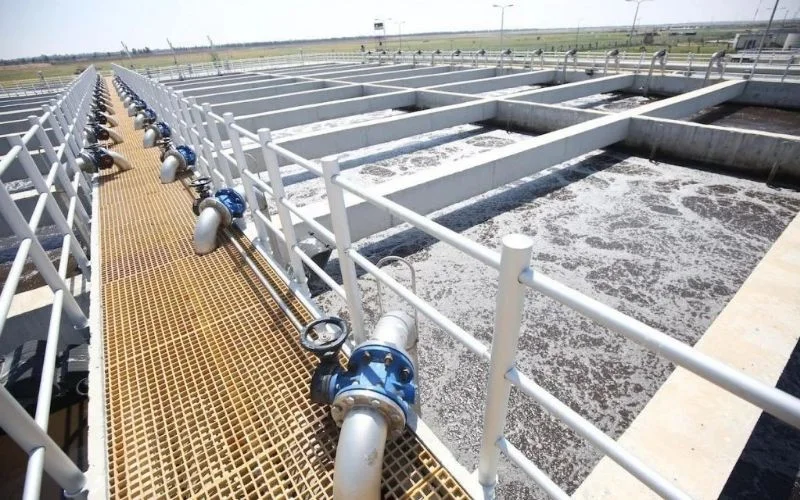
Chlorine's Function in Water Treatment
Reasons for the Chlorine Smell in Tap Water
There are several reasons why tap water may have a noticeable chlorine smell, including:
- Excessive Chlorine Levels: Water treatment facilities sometimes add more chlorine than necessary to ensure adequate disinfection, especially during periods of higher water demand or when treating water sources with higher levels of contaminants. This excess chlorine can lead to a strong chlorine odor in tap water.
- Aged Water Distribution Systems: Older water distribution systems with corroded pipes or biofilm buildup can react with the chlorine in the water, leading to the formation of chlorinated byproducts and a more intense chlorine smell.
- Temperature and Pressure Changes: Fluctuations in water temperature and pressure can affect the concentration of chlorine in the water, causing the chlorine smell to become more pronounced.
- Proximity to Treatment Plants: Homes and buildings located closer to water treatment plants may experience a stronger chlorine odor due to the higher concentration of chlorine immediately after treatment.
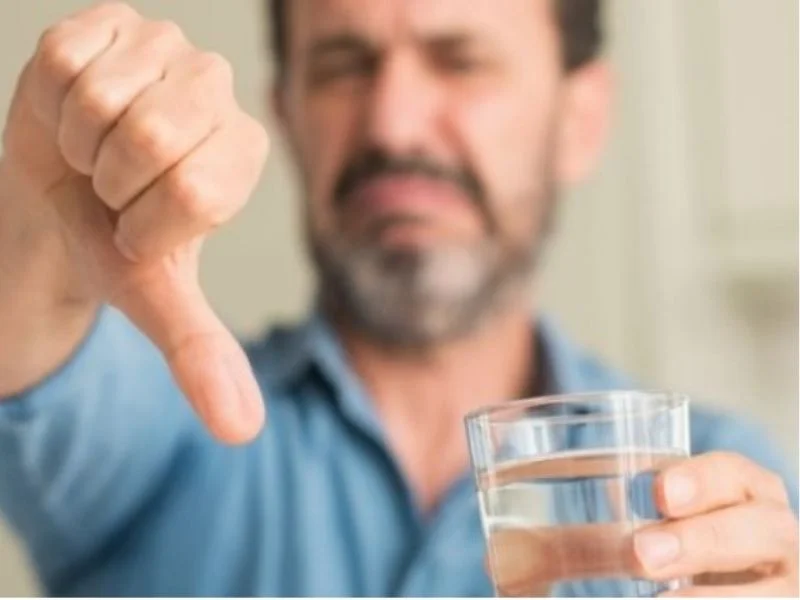
Chlorine Smell in Tap Water
Unveiling the Potential Health Risks of Chlorinated Water
While chlorine is essential for disinfecting water and preventing waterborne illnesses, excessive exposure to chlorinated water can have potential health effects, especially with long-term exposure. Some of the potential health risks associated with chlorinated water include:
- Respiratory Issues: Inhaling chlorine gas or vapors from chlorinated water can irritate the respiratory system, causing coughing, wheezing, and breathing difficulties, particularly for individuals with asthma or other respiratory conditions.
- Skin and Eye Irritation: Prolonged exposure to chlorinated water can cause dryness, itching, and irritation of the skin and eyes.
- Gastrointestinal Discomfort: Ingesting water with high chlorine levels may cause digestive issues, such as nausea, vomiting, and abdominal discomfort, especially in individuals with sensitive digestive systems.
- Potential Cancer Risk: Some studies have suggested a potential link between long-term exposure to certain chlorinated byproducts and an increased risk of certain types of cancer, such as bladder cancer and colorectal cancer.
It's important to note that the risk associated with chlorinated water is generally considered low when chlorine levels are within the recommended limits set by regulatory bodies. However, individuals with specific health concerns or sensitivities may want to consider additional precautions or alternative water treatment methods.
Removing Chlorine from Tap Water
If you're concerned about the chlorine smell or potential health effects of chlorinated water, there are several effective methods to remove chlorine from your tap water:
- Activated Carbon Filters: Activated carbon filters, commonly found in pitcher filters, faucet-mounted filters, or under-sink filtration systems, are highly effective at removing chlorine and other contaminants from water. These filters work by adsorbing chlorine and other impurities onto the surface of the activated carbon.
- Reverse Osmosis (RO) Systems: Reverse osmosis systems use a semi-permeable membrane to remove a wide range of contaminants, including chlorine, from water. RO systems are highly effective but can be more expensive and require regular maintenance.
- Water Distillers: Water distillation systems heat water to produce vapor, which is then condensed back into purified water, leaving behind chlorine and other contaminants. While effective, distillers can be energy-intensive and may remove beneficial minerals from the water.
- Ultraviolet (UV) Light Systems: UV light systems use ultraviolet radiation to disinfect water by disrupting the DNA of microorganisms, including bacteria and viruses. While UV light does not remove chlorine directly, it can be used in combination with other filtration methods for a comprehensive water treatment solution.
- Aeration and Letting Water Stand: A simple and cost-effective method is to let chlorinated water stand in an open container for several hours, allowing the chlorine to dissipate through aeration. This method can be effective for reducing chlorine levels but may not remove other contaminants.
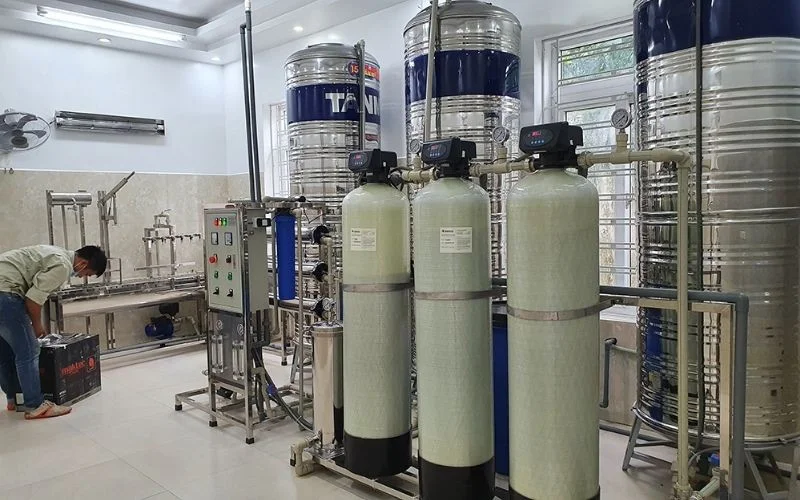
Chlorine Smell in Tap Water
When choosing a water treatment method, it's essential to consider factors such as the initial cost, ongoing maintenance requirements, and the specific contaminants you want to remove from your water supply. Consulting with a water treatment professional can help you determine the most suitable solution for your household's needs.
Conclusion
The chlorine smell in tap water is a common issue that can be both unpleasant and potentially harmful to human health, especially with prolonged exposure. Understanding the reasons behind the chlorine odor, its potential effects, and the available solutions can help you make informed decisions about the quality of your drinking water. By implementing effective filtration methods or alternative water treatment solutions, you can enjoy fresh, chlorine-free water for your household's needs while minimizing potential health risks.
Related Articles
How to mix and use chlorine powder 70% to treat water
How to mix or use chlorine powder 70% is always the issue that receives great attention from ...
Difference between chlorine powder and chlorine pellets in wastewater and swimming pool water treatment
In mentioning kinds of chemicals, chlorine powder and chlorine pellets are the two most popular ...
Instructions for safely and effectively treating swimming pool water with Chlorine
If we treat water with chlorine for swimming pools properly and in the right dosage, it will ensure ...
What is Calcium Hypochlorite? An Overview
Calcium hypochlorite , with the molecular formula Ca(ClO) 2 , is a widely used chemical compound ...
Unveiling Liquid Chlorine: Uses and Safety
Liquid chlorine , also known as chlorinated water or hypochlorite solution, is a versatile chemical ...
Top 3 Applications of Chlorine Powder
Chlorine powder , also known as calcium hypochlorite (Ca(OCl)2), is a widely used disinfectant ...

